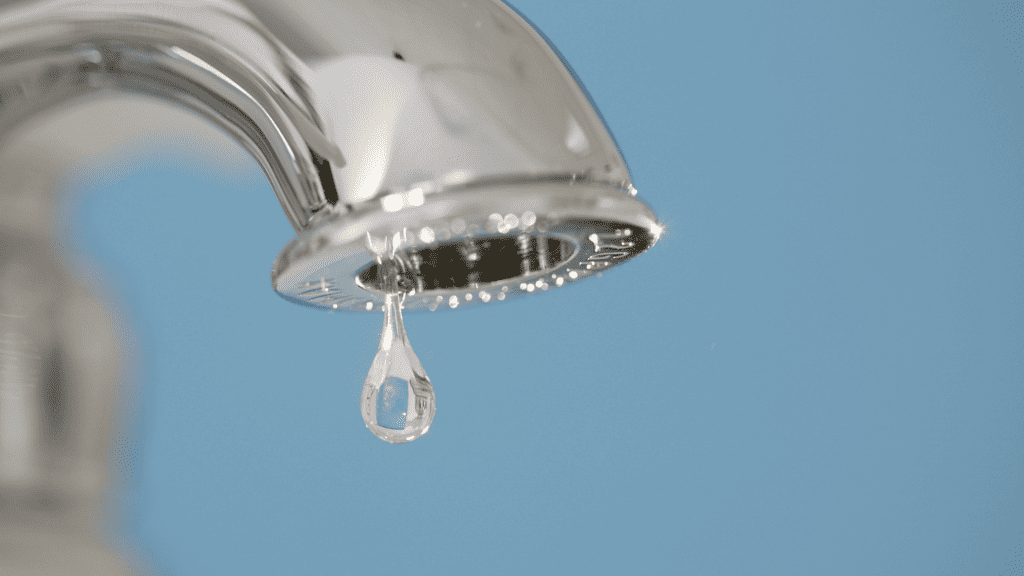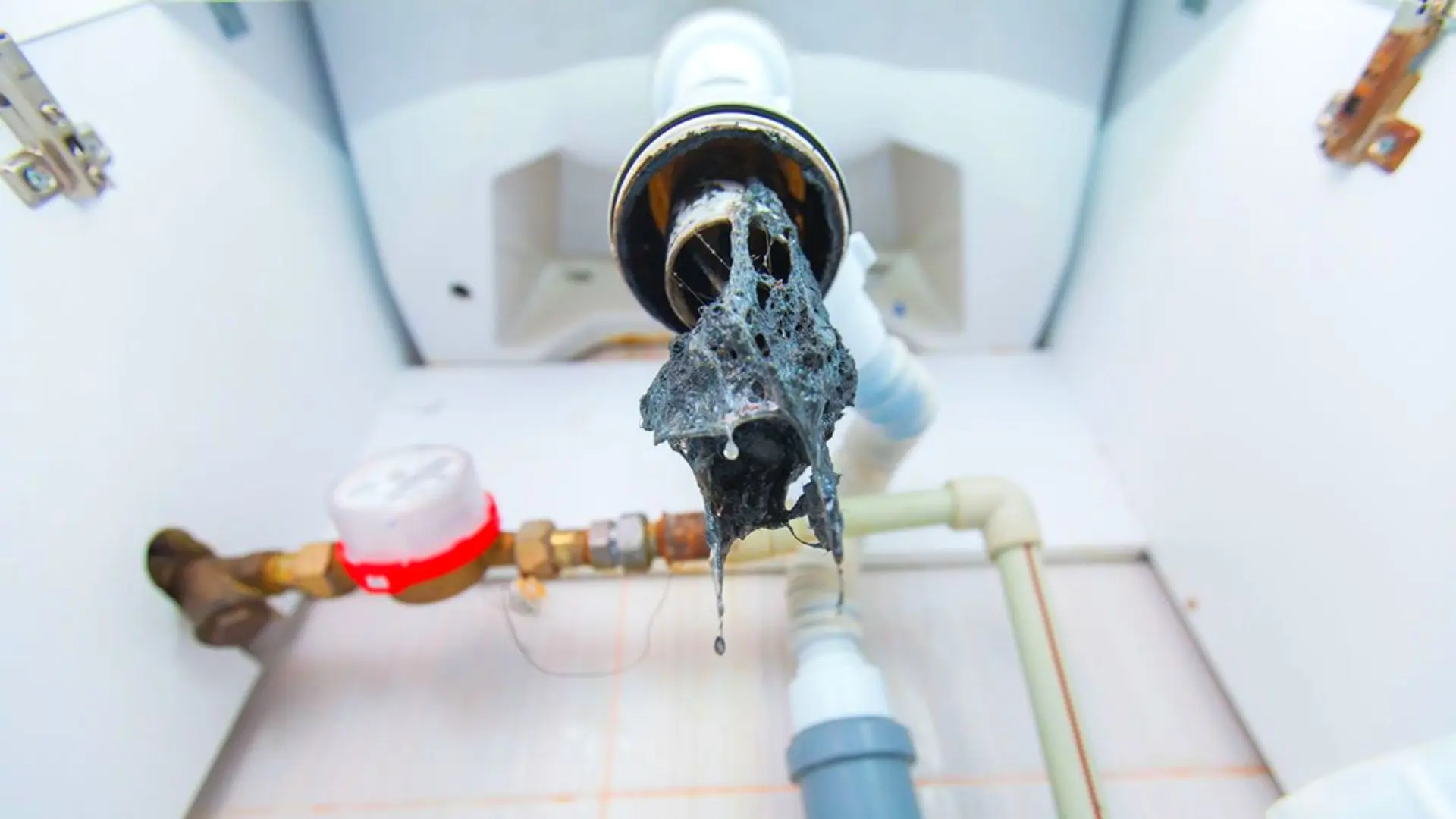Effortless Procedures to Enhance Low Water Pressure in Your Home
Effortless Procedures to Enhance Low Water Pressure in Your Home
Blog Article
How do you actually feel in relation to Dealing with Low Water Pressure in Your Home?

Low water stress in your house can be a frustrating issue, impacting whatever from showering to washing recipes. If you're experiencing weak water circulation, there are numerous possible causes and solutions to discover. In this guide, we'll talk about typical reasons for low water pressure and sensible actions to address the concern properly.
Introduction to Low Tide Pressure
Low water stress takes place when the circulation of water from your taps, showers, and various other fixtures is weak than common. This can make daily jobs much more tough and much less reliable. Understanding the causes of low water stress is crucial to locating the ideal option.
Typical Sources Of Low Water Pressure
Faulty Stress Regulatory Authorities
Pressure regulatory authorities are responsible for keeping consistent water pressure in your home. If they malfunction, it can result in low tide stress or uneven circulation throughout your house.
Community Water Issues
Occasionally, the issue exists outside your home. Community supply of water problems, such as main line leaks or maintenance work, can momentarily decrease water stress in your area.
Pipe Obstructions
Gradually, pipelines can become clogged with mineral deposits, sediment, or debris, restricting the flow of water. This is a typical issue in older homes with galvanized steel pipes.
Rust
Corrosion within pipelines can lead to leaks and minimized water pressure. Corrosion buildup can constrict water flow, particularly in aging plumbing systems.
Just How to Diagnose Low Water Stress
Evaluating Pipelines
Check visible pipelines for indications of leaks, corrosion, or clogs. Take note of any kind of unusual noises, such as knocking or rattling pipes, which can suggest concerns within the plumbing system.
Consulting with a Plumber
If you're not able to identify the source of low tide pressure, take into consideration working with an expert plumber to carry out a complete evaluation. They can determine underlying concerns and recommend proper remedies.
Examining Taps and Components
Begin by checking the water stress at different taps and fixtures throughout your home. If the issue is isolated to particular locations, it might suggest local troubles.
DIY Solutions to Repair Low Water Pressure
Flushing Hot Water Heater
Debris buildup in the water heater can limit circulation and minimize efficiency. Flushing the storage tank periodically helps get rid of debris and keep optimal performance.
Inspecting Pressure Regulator
Make sure that the stress regulator is operating correctly. Changing or changing the regulator can aid restore proper water pressure throughout your home.
Cleaning Aerators and Showerheads
Mineral deposits can gather in aerators and showerheads, minimizing water circulation. Remove and clean these components on a regular basis to boost water pressure.
Cleaning Clogs in Pipes
For minor clogs, attempt making use of a plumbing snake or chemical drain cleaner to clear blockages in pipes. Beware when using chemicals and comply with safety and security guidelines.
When to Call an Expert Plumber
If do it yourself initiatives fail to fix the problem or if you believe significant plumbing problems, it's best to look for assistance from a licensed plumber. They have the experience and tools to resolve complicated concerns safely and effectively.
Preventive Measures to Preserve Water Pressure
Mounting a Stress Booster
Think about mounting a stress booster pump to improve water pressure in locations with regularly low circulation. This can be specifically helpful for multi-story homes or residential properties with high-demand fixtures.
Monitoring Water Use
Be mindful of water usage routines and prevent ill-using the plumbing system. Basic changes, such as shocking showers and laundry lots, can assist preserve sufficient water stress.
Routine Upkeep
Schedule regular upkeep for your plumbing system to avoid concerns such as deterioration, leakages, and clogs. Dealing with small issues early can help prevent even more significant repairs later.
Conclusion
Dealing with low water stress can be discouraging, yet recognizing the underlying reasons and carrying out suitable solutions can recover optimum circulation throughout your home. Whether it's cleaning up aerators, examining pipes, or talking to a plumber, taking positive actions can ensure a constant supply of water for your day-to-day requirements.
FOUR WAYS TO FIX LOW WATER PRESSURE NOW
Turning on a shower or faucet only to find the water comes out in a sad, slow drizzle is never a good feeling. How exactly are you supposed to wash a pan or take a quick shower when it takes 10 minutes just to rinse off a little soap? The good news is that when your water pressure is bad, there's always a cause: typically one that can be easily fixed. Here are some of the most common causes of low pressure and what you can do to fix the issue:
DEBRIS AND MINERAL DEPOSIT BUILDUPS
If you notice low water pressure from just one or two of the fixtures in your house, the problem likely has to do with debris buildup. Water is full of minerals and other debris, all of which can accumulate in your pipes and on your fixtures. This can cause a blockage that affects how much water flows through. To fix this, try filling a small plastic bag with white vinegar, and use a rubber band to hang it around your showerhead or faucet. Let the head of the fixture soak for a few hours, and the vinegar should loosen the deposits.
WATER LEAKS
Leaks are another common cause of low water pressure. If water is flowing out of your plumbing through a hole or crack before it can reach your fixture, the pressure coming out of the faucet or showerhead will be lower. A plumbing professional is your best bet for finding and repairing a leak in your water supply pipes.
Leaks are another common cause of low water pressure. If water is flowing out of your plumbing through a hole or crack before it can reach your fixture, the pressure coming out of the faucet or showerhead will be lower. A plumbing professional is your best bet for finding and repairing a leak in your water supply pipes.
A VALVE ISSUE
If you have low water pressure throughout your home, check your main shut-off valve to make sure it's completely open. You may also want to see if there's a pressure-reducing valve installed. If there is, have a plumber help you adjust the settings to get the pressure you're looking for.
OTHERS USING WATER
Believe it or not, your low water pressure could be caused by your neighbors. If you notice low pressure at certain times of day, it may be because you and the people living next to you have similar schedules - when everyone is showering at the same time, the pressure will be lower in every home. Low pressure throughout the neighborhood may also be caused by an issue with your municipal water supply. If that's the case, call the supplier to see if they're working on the issue.
https://www.rotorooter.com/blog/water-leaking/low-water-pressure-fixes/

Do you enjoy reading up on 10 Reasons for Low Water Pressure in Your House? Try leaving feedback down the page. We would be delighted to listen to your insights about this entry. Hoping that you come back again in the near future. Make sure you take the time to promote this page if you appreciated it. Thank you so much for your time spent reading it.
Website Report this page